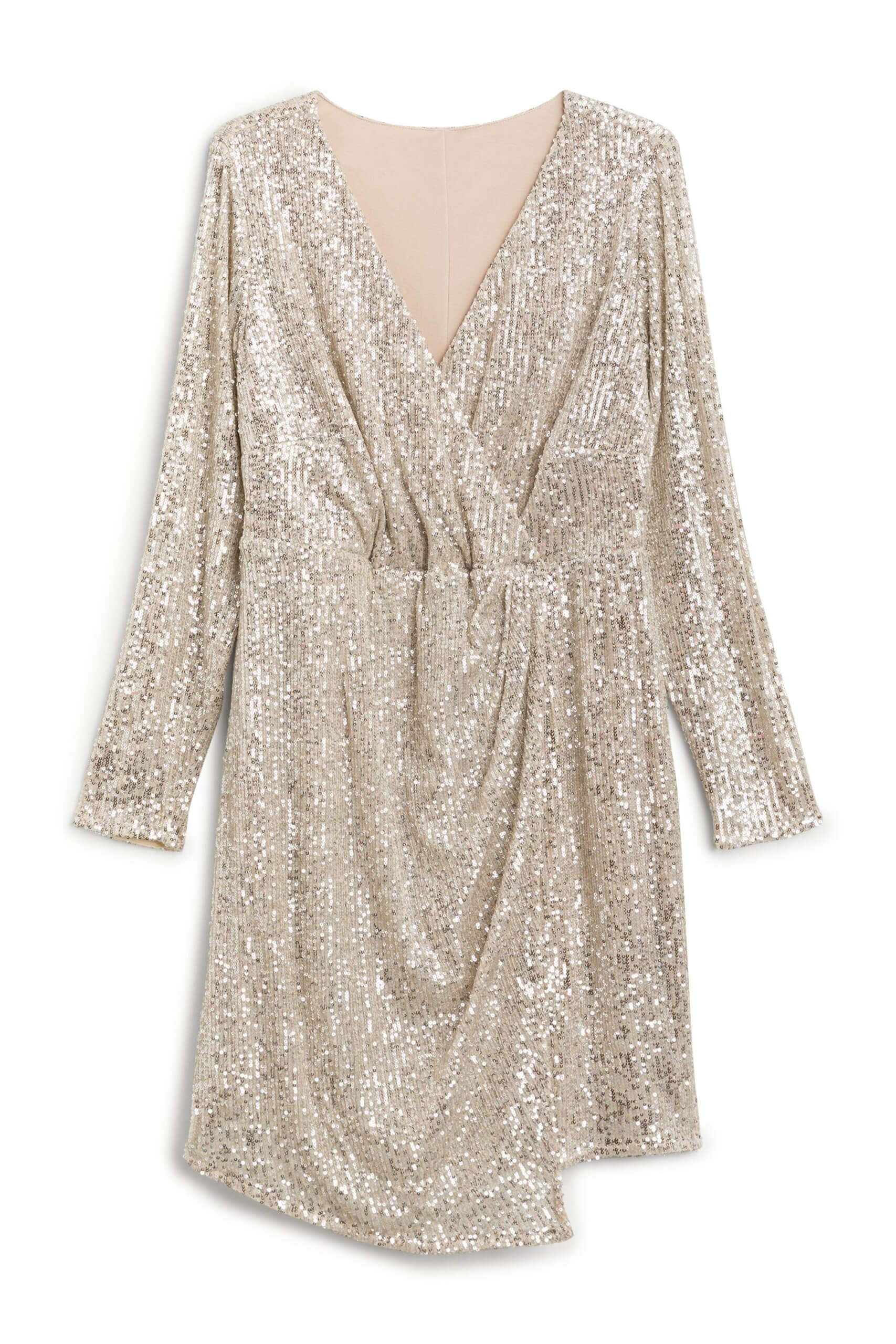
Child advocates say masculinity is long overdue for a reckoning after mass shootings

Days after the school shooting in Uvalde, Texas, staff from Men as Peacemakers, a Minnesota organization that works with students to break gender stereotypes and reduce violence, contacted participants to find out how they felt.
Serrano Robinson, the organization’s youth recovery program coordinator, said the students, who are mostly white and reflect the state’s demographics, talked about the lockdown drills they conducted at their schools, but their reactions were not very emotional.
He said the May 24 mass shooting at Robb Elementary School, which killed 19 children and two teachers, “sadly seemed normal to them.”
As civic leaders and politicians look for ways to stop mass shootings, advocates from organizations such as Peacemakers across the country say their work is critical to overcoming the toxic masculinity that research has found to be at the root of many mass shootings and other criminal acts. Violence committed by men.
Research suggests that such programs may be key to encouraging healthier emotional expression among young people, breaking down gender stereotypes and ultimately reducing violence.
“We’re not saying [our programs] will always prevent violence, because violence happens for a lot of reasons,” said Sarah Curtis, co-executive director of Men as Peacemakers. “But what would happen if all children were able to be seen, heard and had a broad emotional vocabulary?”
According to a database maintained by the National Institute of Justice funded nonprofit, nonpartisan Research Center Violence Project, 98 percent of mass shooters over the past 50 years have been male, with at least 53 percent of them being white males.

While research suggests that many factors contribute to a man’s decision to engage in a mass shooting, including his access to guns, his psychological makeup, personal grievances and extremist views, studies also suggest that notions of masculinity that encourage violence and social dominance are large motivators.
The authors of a study published in 2014 published “White heterosexual male entitlement combined with downward mobility, subordinate masculinity, and other disappointing life-course events” led to mass shooter aggression in an attempt to regain a sense of dominance after feeling socially excluded, wrote in the journal Men & Masculinity.
Another study, published in 2010 in the journal Health Sociology Review, looked at three mass shootings that ended in the shooter’s suicide and concluded that the shooters felt “aggrieved by entitlement” – a sense of gender that they were entitled to and even expected to have – to retaliate against everyone. consciousness – to retaliate against everyone who has harmed them.”
Advocates say eliminating or stopping such belief systems in the first place requires the development of positive models of masculinity and broader expressions of emotion.
Robinson said men who are peacemakers try to encourage emotional awareness in boys and young men who are bombarded with messages from the media and society to suppress their feelings.
The weekly sessions usually begin with a sign-in, where students are asked to use an emoji chart with faces expressing two dozen emotions to help them describe how they are feeling.
“I don’t think they have time to just be emotional,” he said.
At Boys to Men of Maine, its gender discrimination and violence reduction program focuses on breaking down gender stereotypes and building healthy relationships, as well as empathy and consent in sexual situations.
“Why would someone go to school with a gun and commit such a horrific act of violence that we’re missing?” Executive Director Heidi Randall said. “This didn’t just come out of nowhere.”
Since its inception in 1998, Boys to Men of Maine has served at least 13,000 students, most of whom are white, reflecting the state’s demographics, Randall said.
Program manager Jordan Herbert said leaders often discuss with students how “performative masculinity” is reflected in popular culture and politics, such as Will Smith’s slap on Chris Rock at the Oscars and Russian President Vladimir Putin’s war on Ukraine.
Herbert said, “Much of our work is meeting people where they are, and where they are has been steeped in this culture of violence.”
A 2019 study of the program, published in the journal Children and Youth Services Review, found it improved middle school students’ perceptions of gender equality in relationships and their perceptions of male power.
Cure Violence, which currently works with more than 1,600 people, primarily boys and youth of color, to reduce violence in communities across the country, also uses evidence-based approaches that include interrupting potentially violent conflict, identifying and treating at-risk populations building trust and stopping violence by hiring neighborhood people to work with high-risk individuals and local leaders to change community norms.
Various independent studies have found that treatment violence programs have reduced killings by 31 percent in Chicago, 56 percent in Baltimore and 63 percent in New York City.
“We know that the socialization process in the United States has really instilled in men a code that associates traditional male gender roles with violence,” said CEO Dr. Frederick Echols.
“By having a safe space where men can go and say, ‘Hey, I’m struggling and I really need help,’ that’s really empowering,” Echols added.
Advocates say both conventional gun violence and mass shootings stem from the same sources of dominant social norms that encourage violent masculinity, noting that men are both the perpetrators and victims of most gun violence. Disease Control and Prevention.
According to a report released in April by the Center for Gun Violence Solutions at Johns Hopkins University, blacks are 15 times more likely to die from gun homicide than whites.
Derek McCoy, co-executive director of Project PAVE, a Denver-based violence reduction organization and partnership, said, “There is a common thread [between mass shooters and other gun violence perpetrators], which is an expression of masculinity.” .
McCoy created Project PAVE’s True Man program, which focuses on ending relationship violence through behaviors that reflect healthy masculinity. Leaders ask students, primarily black and Latino, to write down how they feel about showing others on one side of a piece of paper and how they feel about themselves on the other.
McCoy said this allows students to “get to know each other in an authentic way.” “We can’t assume we’re going to solve these people (who commit mass shootings) when we turn them into lone wolves, they’re going to show up like lone wolves.”
Hannaan Joplin, senior regional manager for BAM Chicago, said that for the majority of black and Latino students who are becoming a man in Chicago, the recent mass shootings remind them of the gun violence that plays out in their neighborhoods every day.
“On one hand, they don’t feel so alone, but then it’s like, where can you be safe now?” Joplin said. “Even the kids in the suburbs …… are also dealing with the exact same things we’re dealing with.”
Joplin said BAM emphasizes six core values – integrity, responsibility, self-determination, respect for women, goal setting and positive anger expression – that students cultivate through activities such as meditation and the use of boxing gloves, without hurting others releasing pent-up frustration.
Joplin says that when he thinks about recent mass shootings, he remembers that the shooters “used to be little kids.
“If they had something like the BAM [program] …… I wonder if they would have made the same decision,” he said.

